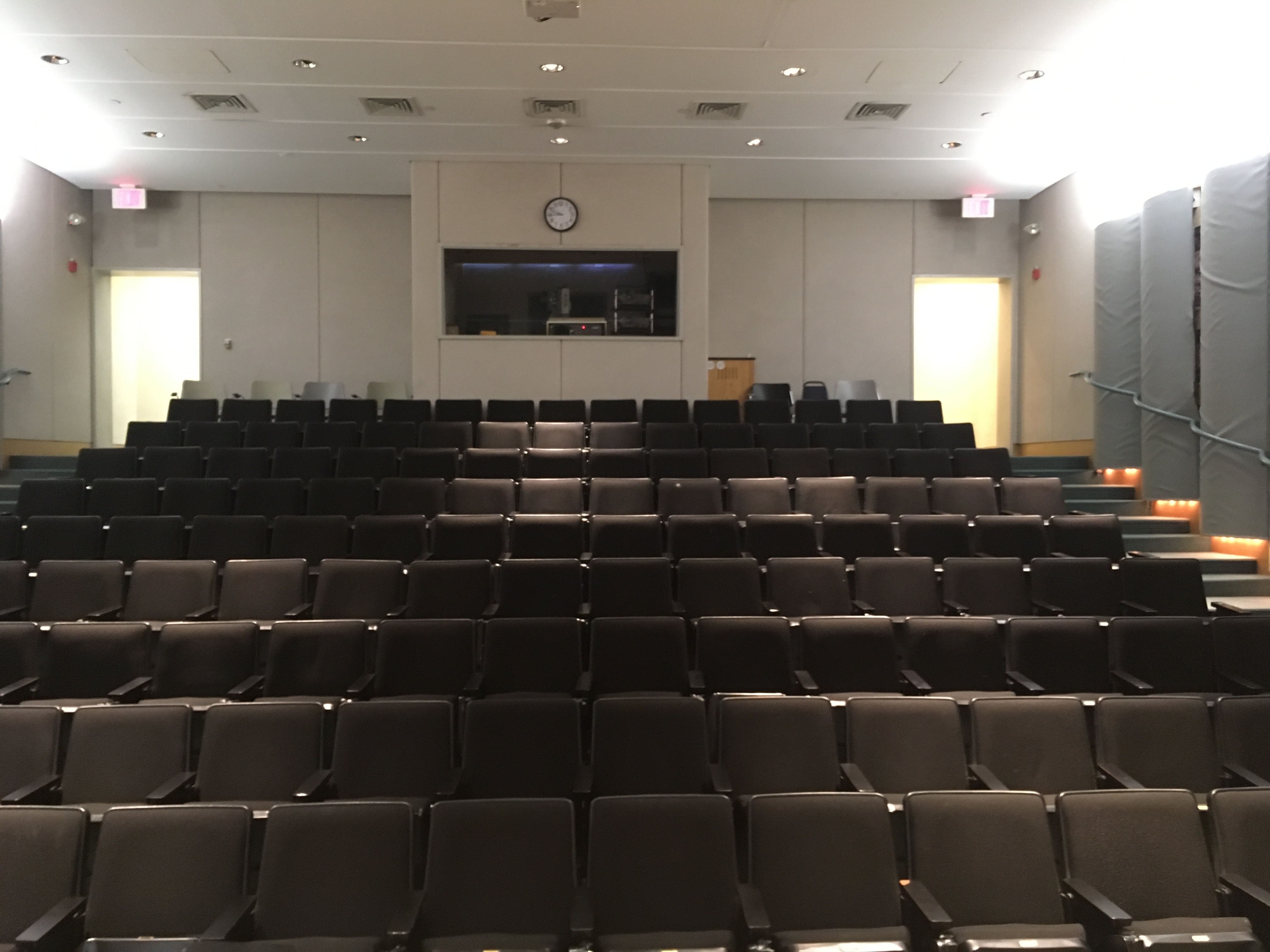This semester’s closure of the Barn to performances by MOBROC has been detrimental to Connecticut College’s student arts culture by depriving student bands of a space to perform on campus. It is clear that the decision was intended to allow the club to continue to perform essential functions while also disciplining it. But it is undeniable that no MOBROC-affiliated band consisting of current members has performed in a MOBROC-sponsored event since the Barn was closed. According to Lauren Emerson ’20, the club’s president, this is due to a variety of factors, but is mainly attributable to the unique atmosphere the space provides members; it is a space where they can express themselves freely. Emerson also noted that the club stores much of its amplification equipment in the Barn, and that organizing logistics even for transporting that equipment to other campus venues can be challenging. She noted that the club’s recent alumni concert used the 1962 Room in Crozier-Williams in part due to its proximity to the Barn allowing equipment to easily be walked between the two locations.
Space availability seems to be a distinct concern for many performing arts clubs on campus. For some clubs, there are concerns over whether to perform in an adapted large lecture hall (Olin 014, Oliva Hall), or a small performance space (Palmer 202, the Barn, Coffee Grounds). The difference between performing in the 400+ person capacities of Harkness Chapel and a smaller venue is akin to flying in a single-aisle jet versus a Boeing 747 (which aptly have similar seating capacities). These halls hold more than twice the capacity of their smaller counterparts. Max Amar-Olkus ’19 of N2O (who is also one of the Voice’s editors-in-chief) reports that his troupe, which performs in Olin 014, has to turn away spectators who arrive close to the beginning of the performance because of the popularity of their shows. Alison Joyce ’19, N2O’s president, echoed this sentiment saying, “Olin auditorium is the best location for our performances.…While we sometimes wish we could perform in a space a little larger, but not as big as Evans, there aren’t any intermediate spaces. We also like the closeness of Olin.” Joyce’s concern about Evans is not difficult to understand for anyone who has ever attended a less than at capacity performance there; even at around half capacity, the generous combination of width and depth present in the hall’s architecture makes the event feel sparsely attended.

Olin 014
It is not worth it for clubs to perform in Evans solely because it is the best option for fitting a middle of the market audience. N2O and similar popular groups that are drawing 150+ attendees to their performances should not be moving into Evans or Harkness just because of their capacity problems. They really need a middle of the market space to perform in. Unfortunately, there are only two spaces on campus that have capacities between 150 and 400 persons: the 1941 Room and entire 1962 Room in Crozier-Williams (CRO). Neither of these spaces appears designed with formal performances in mind although they are effective as lecture halls; additionally, although they have distinct uses the rooms share similar capacity limits and floor plans, it makes no sense for two rooms this similar to be in the same building. The 1962 Room typically has a movable dais erected on its west side, but this is not conducive given the terrible aesthetics of the room and the addition of temporary seating it requires for performances. The upcoming renovation of Cro could likely adapt one of these rooms to better suit the needs of performing arts clubs serving middle of the market audiences while improving the banquet hall aesthetic of the other room.
However, current messaging from administrators presents an unclear picture of whether the projects prioritized by this year’s campus master plan will be able to solve capacity issues for arts events on campus. The upcoming renovations of Cro and Palmer Auditorium are the two projects in the master plan with the most promise for arts expansion because the two buildings can be partially utilized or are purposed solely for the arts respectively. The Barn may also undergo much needed renovations as part of the Cro renovation; members of MOBROC met with the architects for that project as part of their data gathering regarding student clubs during a campus visit earlier this semester. It remains unclear whether any useful development for the arts will occur as neither project has been developed to a stage where Vice-President for Finance and Administration Rich Madonna was willing to share any information about what the architects are planning with the Voice. Predicting what the future of development for the arts will be at Connecticut College would be rather naive until the College announces the exact goals of either of these renovations. •









